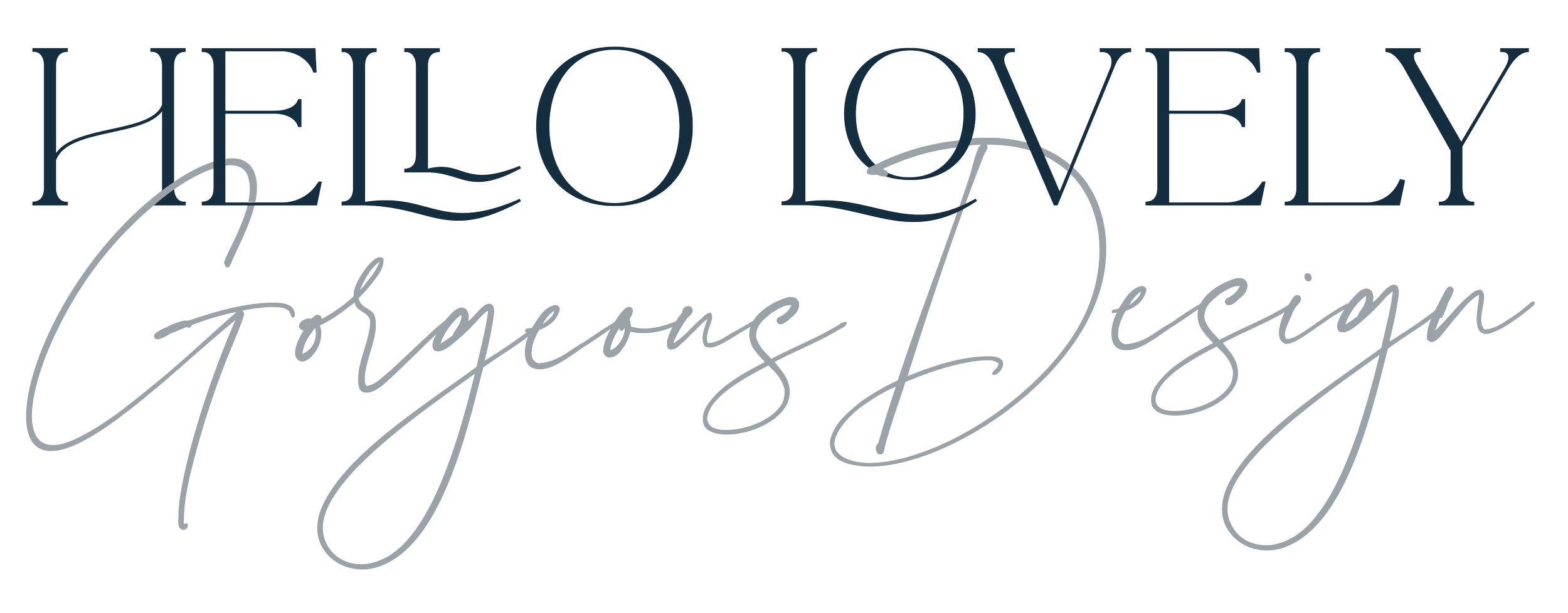Tips to help create a book cover
If you are an author, the wonderful benefit of self publishing is total control. This book has been at the centre of your life for months, years and you may wish to design the cover too.
In commercial publishing, the author may have a say in the cover but they are rarely the decision maker, that will be driven by the marketing, publishing and design team. They will make decisions based on extensive knowledge of the competition, access to current trends (and past trends such as photos of the protagonist looking into the middle distance).
It is tricky balance to translate author vision and realise them in a commercial market. What the author wants can be a clash between fitting into a genre and to be different. Deciding on that difference is how design will make an impact.
In self publishing workflows you can create your marketing team through profiling your readers. Think about who they are and build a character profile.
This will help the designer to research the market, and understand your competitors, view the trends in genre and apply this to illustrations and typography. All of which make the difference between a cover that stands tall with the leading publishers or one that fails.
Is different bad?
Not necessarily. As readers are influenced by the familiar, it can be very frustrating to see competitor authors, agents and publishing houses using tried and tested designs, and only venturing to new areas when they know the trend is established. If you're looking to be noticed, it may seem better to go against the trends but ironically it may mean the book is overlooked because it doesn't conform to what a reader is expecting to to see.
How do you work out what's popular? Here is a helpful 3-step approach to kick start the creative process with a designer:
Look at covers in your genre, using Amazon, The Bookseller or Pinterest. Why do they stand out? What caught your eye first and does the detail draw you in?
What is selling well? The Bookseller news section can be a good guide, subscribers or buyers of the print edition have access to the sales charts (do check to see if your library stocks a read only print copy).
Check genres. If your novel is historical fiction, take a look at historical reference titles too because themes do cross from factual to fiction.
This is a good exercise in becoming objective about the market. Following these steps helps to note the themes and styles that have proved popular and you can compare it to your notes for your designer. Working as a team is incredibly important to success.
Takeaway
There is a fine line between being different and forsaking the connection between your intended market and the book you have written. Readers are drawn to familiar covers and branding that has already influenced them. Use this to your advantage.
Hire me to work on your book cover
Read a case study on book cover design
Updated December 2023
